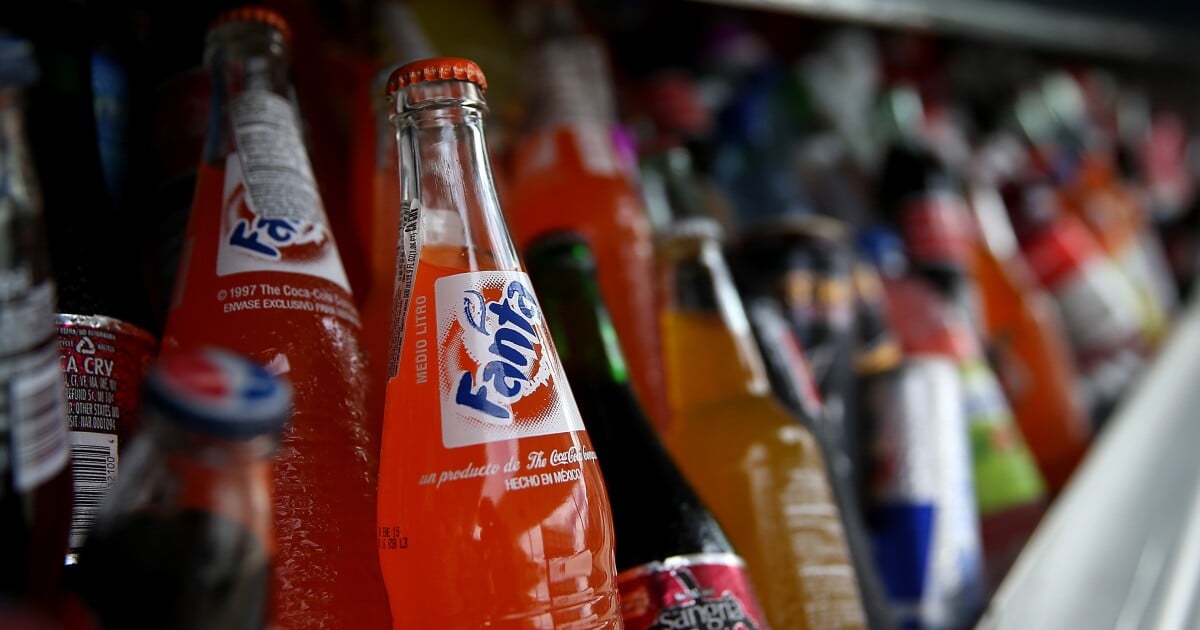Sales of sugary drinks fell dramatically across five U.S. cities, after they implemented taxes targeting those drinks – and those changes were sustained over time. That’s according to a study published Friday in the journal JAMA Health Forum.
Researchers say the findings provide more evidence that these controversial taxes really do work. A claim the beverage industry disputes.
The cities studied were: Philadelphia, Seattle, San Francisco and Oakland, Calif., and Boulder, Colo. Taxes ranged from 1 to 2 cents per ounce. For a 2-liter bottle of soda, that comes out to between 67 cents to $1.30 extra in taxes.
…
Kaplan and his colleagues found that, on average, prices for sugar-sweetened drinks went up by 33.1% and purchases went down by basically the same amount – 33%.



Did we really need a study to prove supply and demand still works?
The supply and demand curve is about how those two determine the price. With the tax, we are talking about the price “controls” affecting the demand, not the other way around.
And, additionally, even if we think the outcome should be obvious, it’s always important to do a structured objective analysis to see if that was actually the case because, if it wasn’t, it’s time to revisit the theory or figure out what went wrong.
you can model the tax on the supply or the demand. in most simple models the outcome is the same
Maybe you can, that would make sense. But it’s really neither supply nor demand, so it’s just forcing it into the model, which you’ve now made more complicated and no longer the simple curve that the op was suggesting it is.
deleted by creator
The argument would presumably be that demand is highly price-inelastic. Which seems ludicrous to me for soft drinks, but you could try making the argument if it was in your interest to do so.